




Author: Dr. Garima Bishwas
Yoga 0
Hip pain is a common condition that affects people of all ages, especially pregnant women, older adults, yoga practitioners, and those recovering from physiotherapy. It can develop suddenly due to an injury or gradually over time due to chronic conditions. Ignoring it can lead to worsening symptoms, limited mobility, and decreased quality of life.
Understanding what hip pain is, its causes, and its treatments can help in addressing the issue early and avoiding complications. Whether you’re dealing with it occasionally or it’s become a daily challenge, knowing the cause of hip pain is crucial to begin the right treatment of hip pain.
What is Hip Pain?
Hip pain refers to discomfort felt in or around the hip joint. Since the hip is a large, weight-bearing joint, it is susceptible to injury and degeneration.
Common Symptoms of Hip Pain:
● Sharp or dull aches in the groin, outer thigh, buttocks, or pelvis
● Stiffness and reduced range of motion
● Radiating pain down the leg or into the lower back
● Discomfort while walking, standing, or sleeping on the affected side
Types of Hip Pain:
● Sharp pain: Usually related to acute injuries or joint damage
● Dull ache: Common with arthritis or muscular tension
● Radiating pain: May point to nerve involvement, like sciatica
● Burning sensation: Could indicate tendon or nerve irritation
Hip pain can interfere with your mobility, daily activities, exercise routines, and even rest, making early diagnosis essential.
Common Causes of Hip Pain
Understanding the cause of hip pain is vital in choosing the right treatment approach. Here are some of the most common culprits:
1. Arthritis
● Osteoarthritis: Wear and tear over time causing joint inflammation
● Rheumatoid Arthritis: Autoimmune disease affecting joint linings
Both forms lead to stiffness, swelling, and chronic hip pain.
2. Muscle Strain or Overuse
Overexertion, poor form during yoga, or intense workouts can strain the hip muscles and ligaments.
3. Hip Fractures or Injuries
Falls, accidents, or sudden trauma can lead to fractures, particularly in elderly individuals or those with osteoporosis.
4. Tendonitis or Bursitis
Inflammation of tendons or the fluid-filled sacs (bursae) in the hip leads to localized pain, especially during motion.
5. Sciatica or Referred Pain
Pain originating in the lower back can radiate down the hip and leg, mimicking hip joint issues.
6. Structural Issues
Hip labral tears or impingement syndromes may cause catching, locking, or aching pain in the joint.
When to See a Doctor for Hip Pain
It's important to consult a healthcare provider if:
● Pain persists beyond a few days.
● You experience swelling, redness, or warmth.
● There’s a clicking or locking sensation
● You’re unable to put weight on the leg.
● Pain disrupts sleep or daily activities.
Delaying diagnosis can worsen the cause of hip pain, possibly leading to long-term disability or complications.
Hip Pain Diagnosis
A comprehensive diagnosis helps determine the treatment of hip pain effectively.
Medical History and Physical Exam
Your doctor will evaluate the type, location, and severity of the pain, along with any injury history or movement limitations.
1. Imaging Tests
● X-rays: Reveal fractures or arthritis
● MRI: Detects soft tissue injuries and inflammation
● CT scans: Provide detailed images of the joint
2. Lab Tests
Useful if infections, inflammation, or autoimmune diseases like rheumatoid arthritis are suspected.
Effective Treatments for Hip Pain
The treatment of hip pain depends on its cause and severity. A combination of the following options may be used:
1. Medications
● Over-the-counter painkillers (acetaminophen)
● Nonsteroidal anti-inflammatory drugs (NSAIDs)
● Prescription meds for arthritis or nerve pain
2. Physical Therapy
Guided exercises to improve joint flexibility, build strength, and correct posture are essential for managing chronic hip pain.
3. Injections
● Corticosteroids: Reduce inflammation
● Hyaluronic acid: Improves joint lubrication
4. Surgery
If conservative methods fail, procedures like hip arthroscopy or hip replacement may be recommended.
5. Alternative Therapies
● Acupuncture
● Chiropractic care
● Yoga therapy
These can complement medical treatments and offer additional relief.
Exercises for Hip Pain Relief
Regular movement and targeted exercises are critical in the treatment of hip pain and in preventing future episodes.
1. Stretching Exercises:
● Hip flexor stretches
● Butterfly stretch
● Piriformis stretch
2. Strengthening Exercises:
● Glute bridges
● Clamshells
● Leg raises
3. Low-impact Activities:
● Swimming
● Stationary biking
● Walking (with proper shoes)
4. Avoid During Flare-ups:
● Deep lunges
● High-impact cardio
● Twisting movements
Always perform exercises under the supervision of a physiotherapist if you're recovering from injury or surgery.
Home Remedies and Lifestyle Tips for Hip Pain
Incorporate these simple changes at home for better symptom control:
● Ice packs for 20 minutes reduce inflammation.
● Heat therapy relaxes stiff joints and muscles.
● Maintain a healthy weight to reduce joint strain.
● Adjust sleep posture and use ergonomic chairs
● Use orthopedic cushions or seat pads if sitting for long hours.
Preventing Hip Pain
Prevention is better than cure. Keep your hips healthy with these habits:
● Practice good posture during sitting, walking, and exercise.
● Engage in regular, low-impact physical activity.
● Always warm up before workouts or yoga.
● Choose proper footwear with adequate arch support.
● Avoid prolonged sitting and take breaks to stretch.
Conclusion
Hip pain can affect your entire lifestyle, from mobility to mood. Knowing what hip pain is, identifying its root causes, and following a structured treatment of hip pain can make a significant difference. Don’t wait for it to become unbearable—addressing it early with the right exercises, treatments, and lifestyle changes can help you stay active and pain-free.
Remember: Stay consistent with physiotherapy or yoga routines and consult your doctor if symptoms persist.
Frequently Asked Questions
Add comment

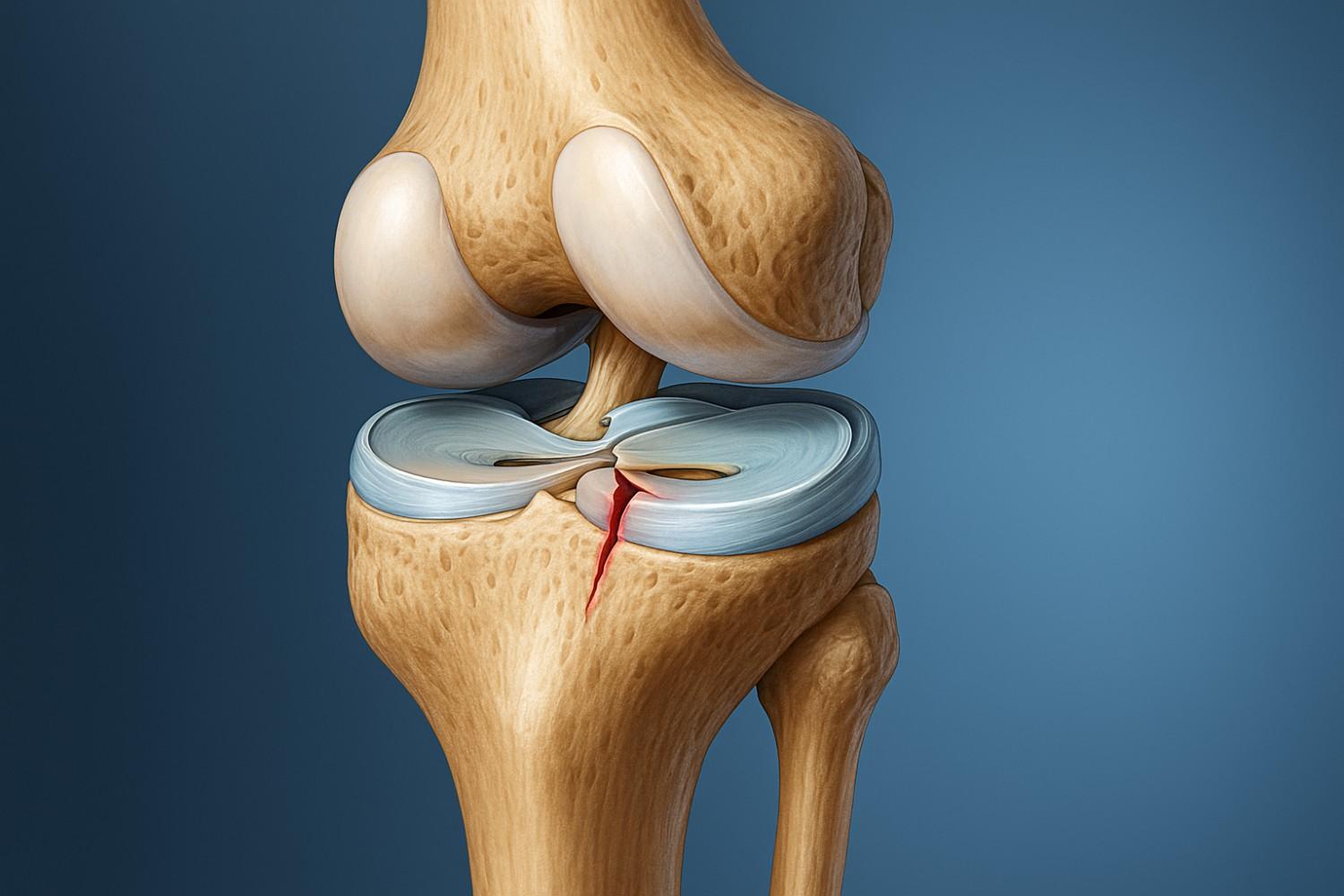
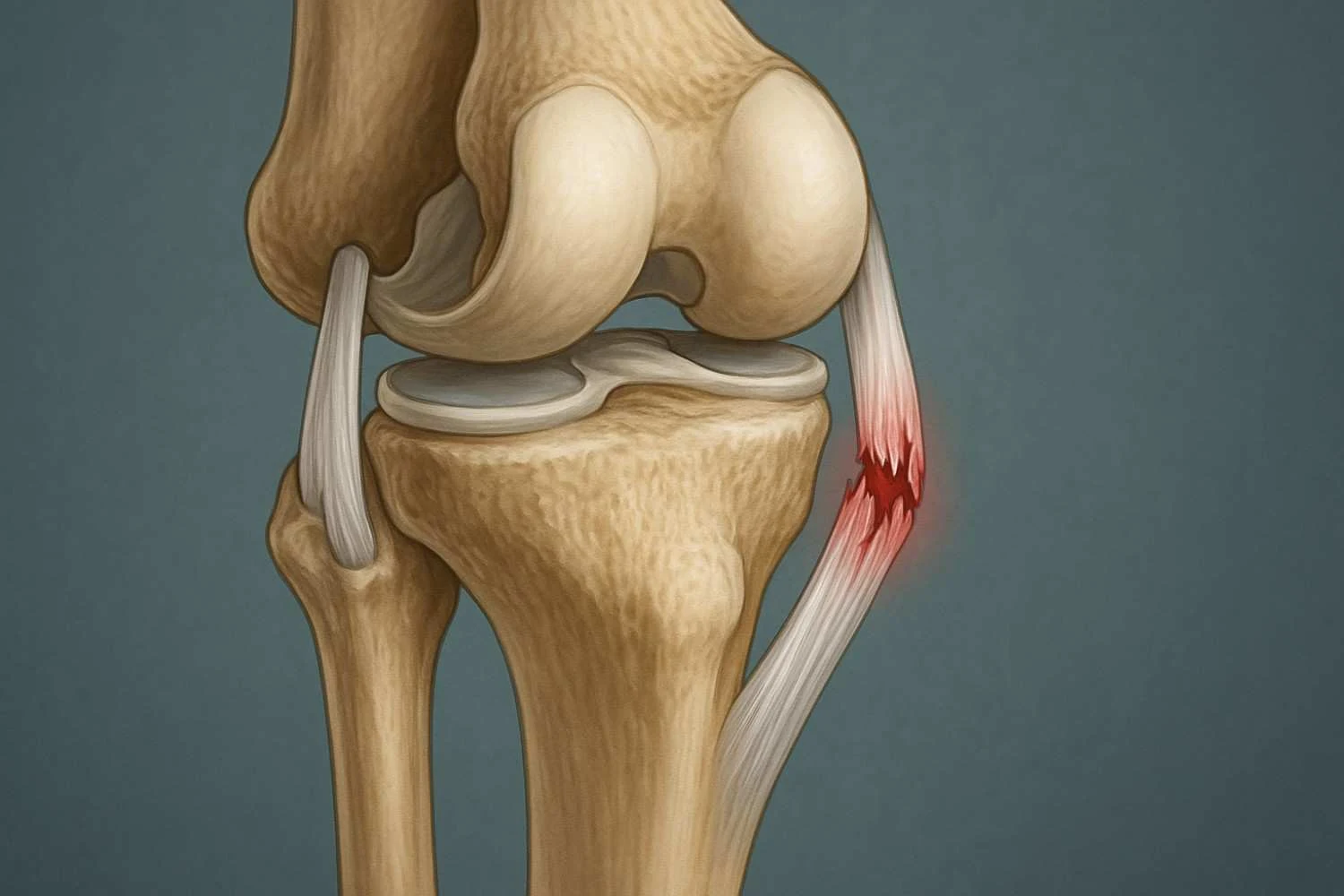


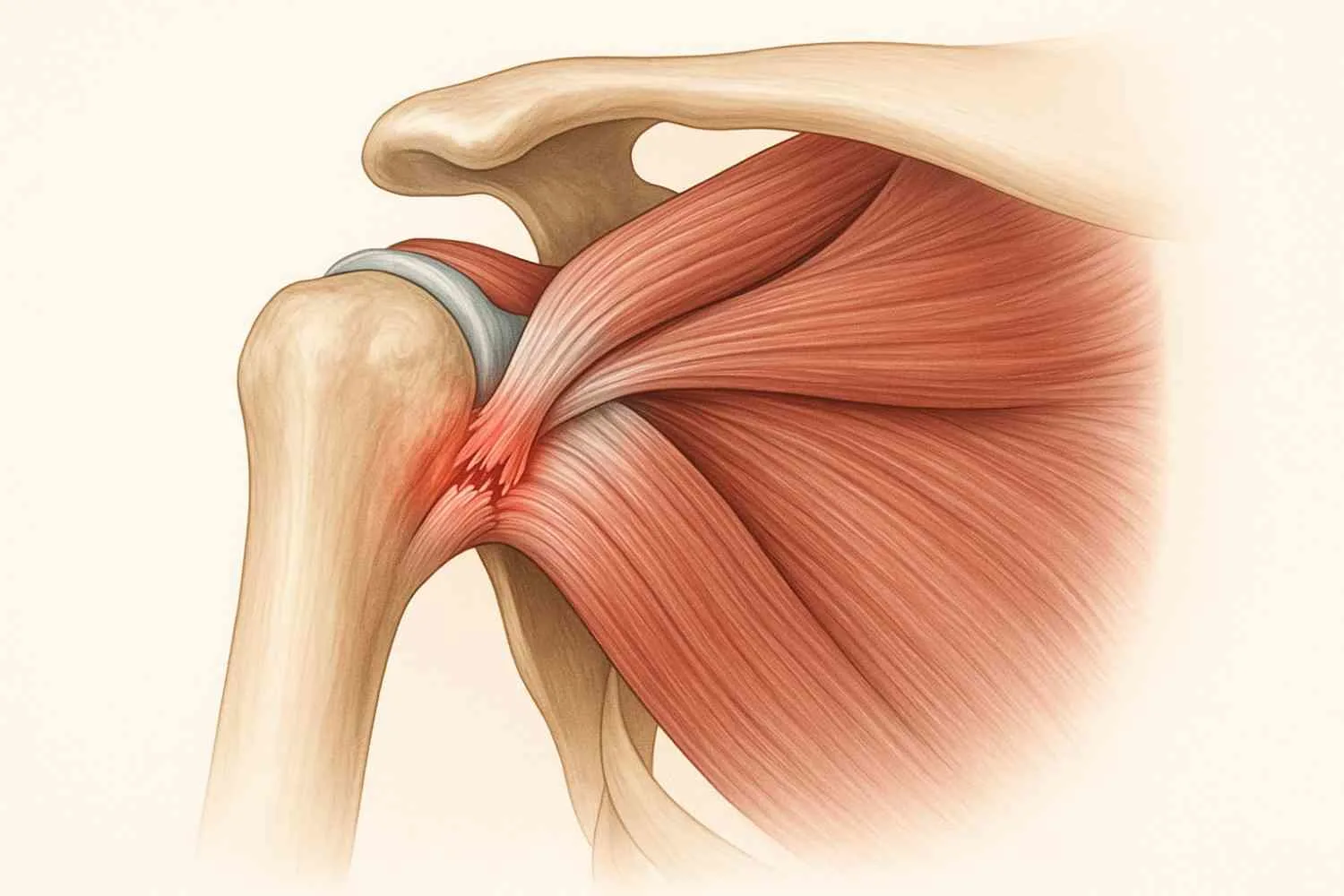
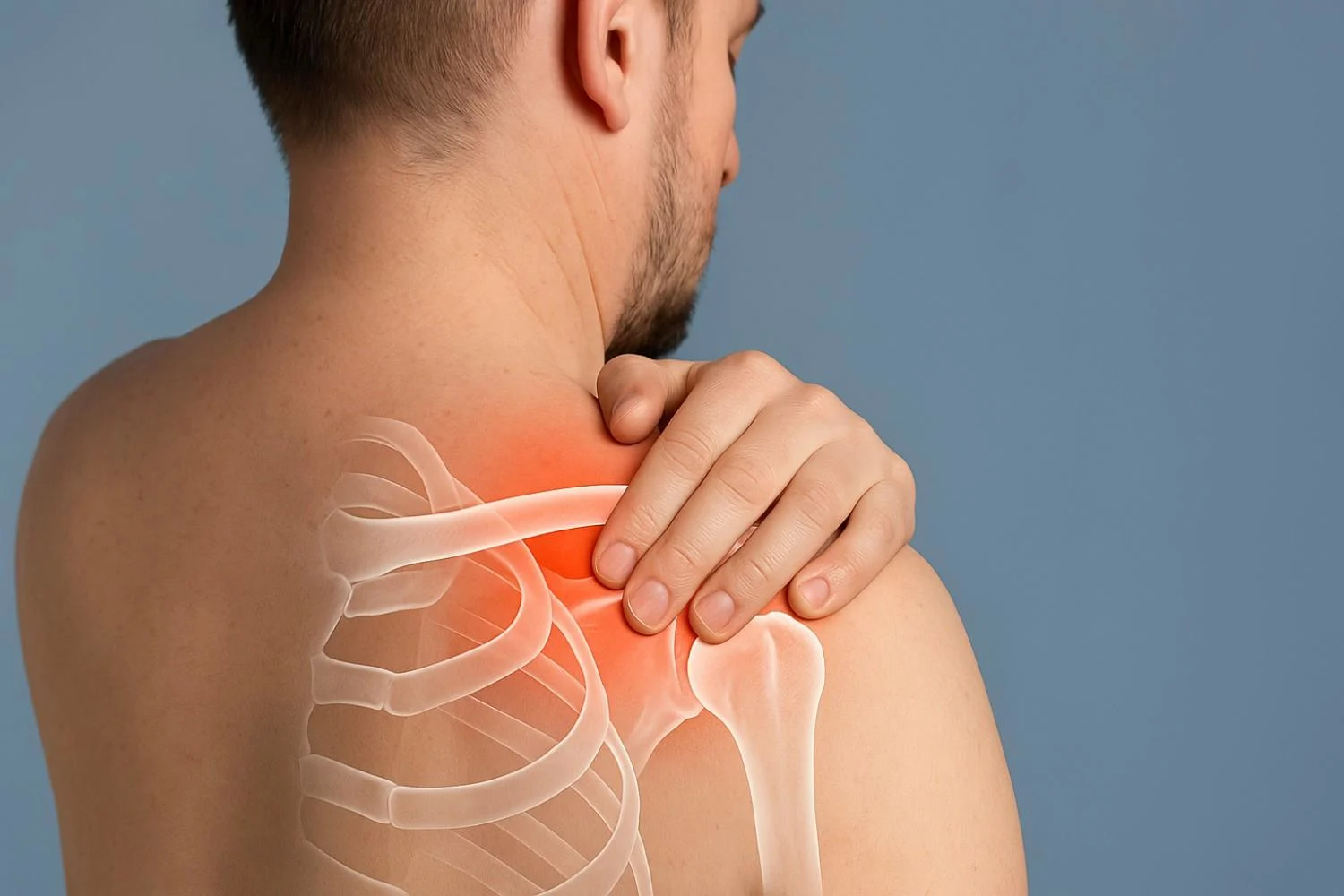
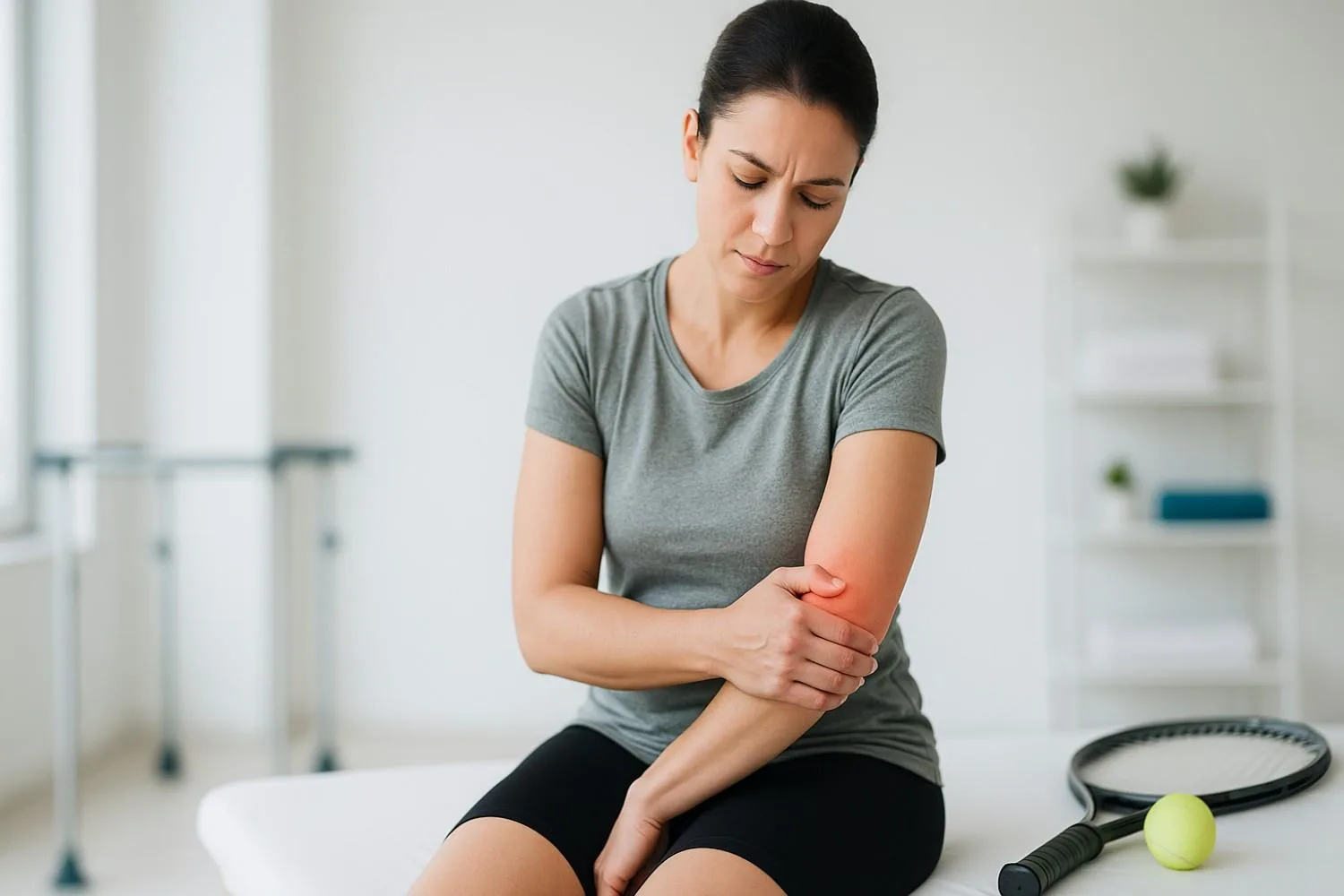
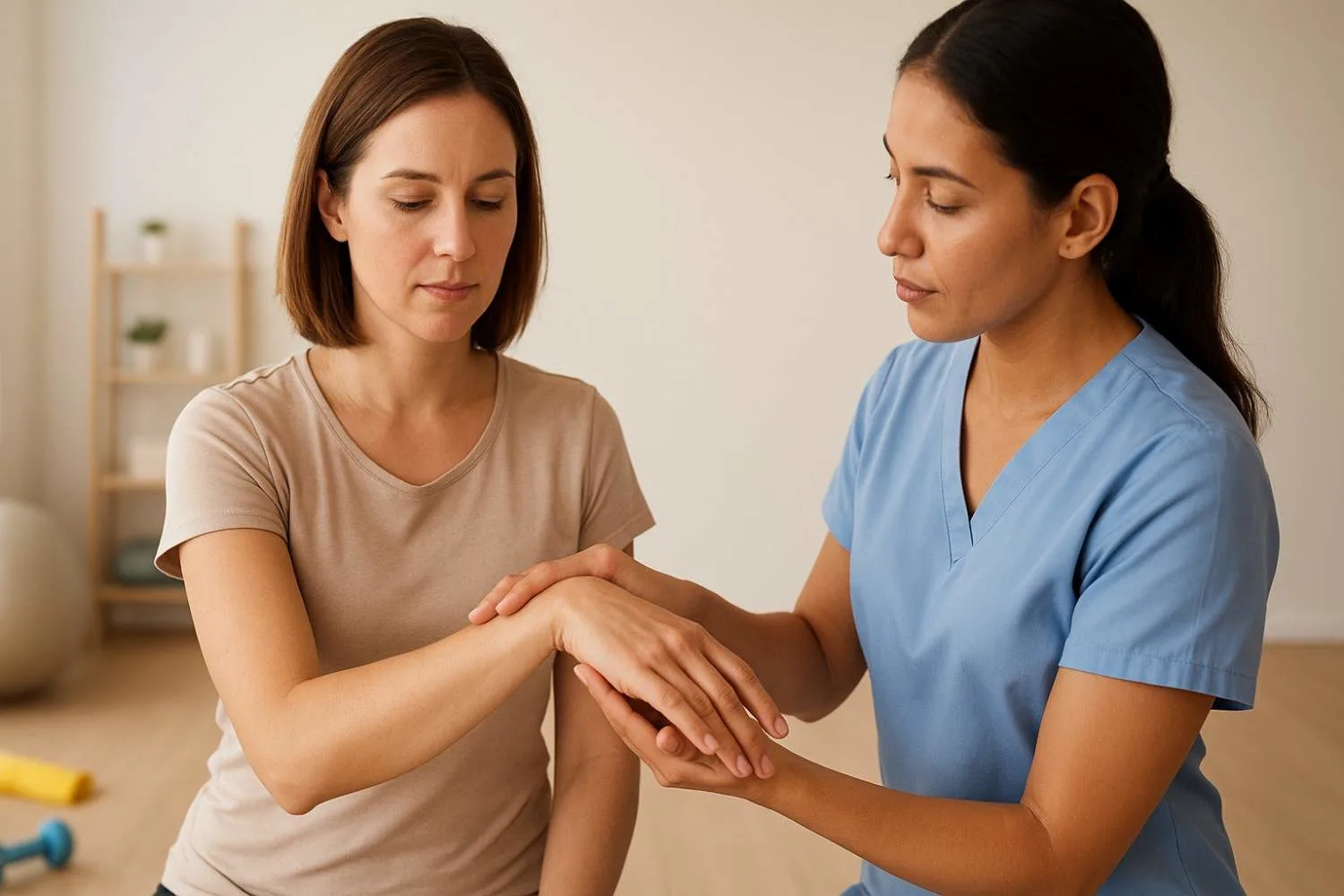
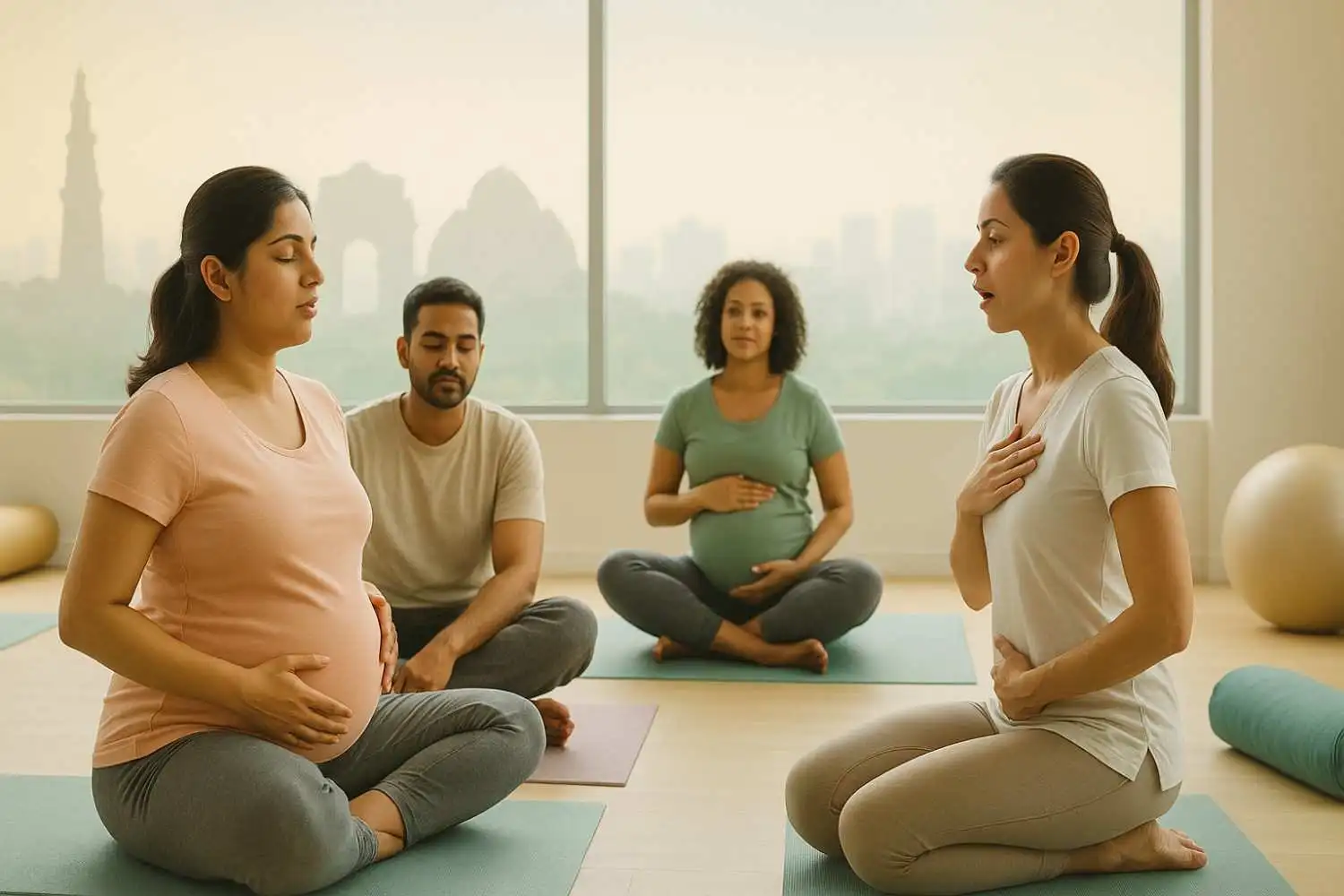

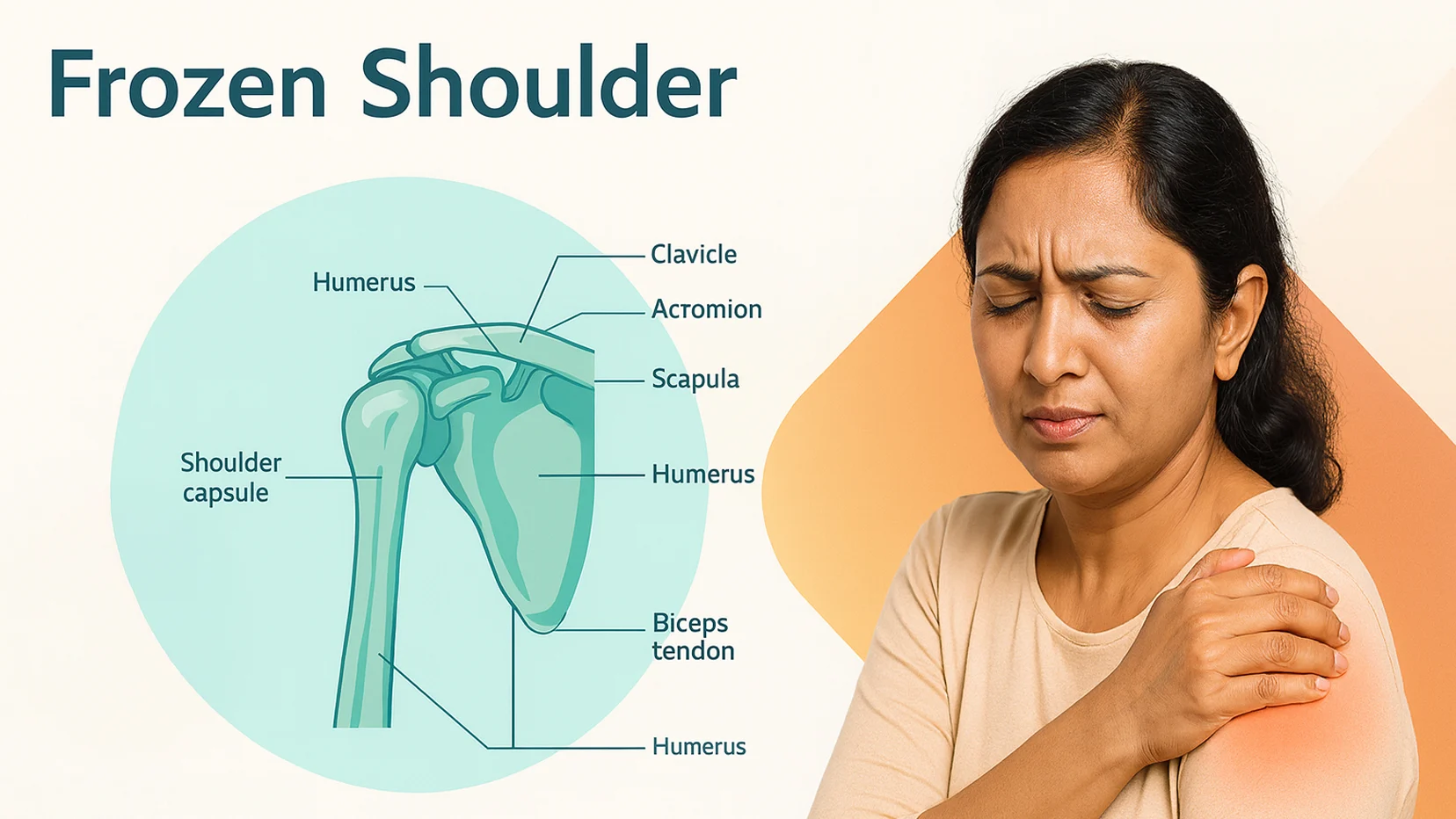
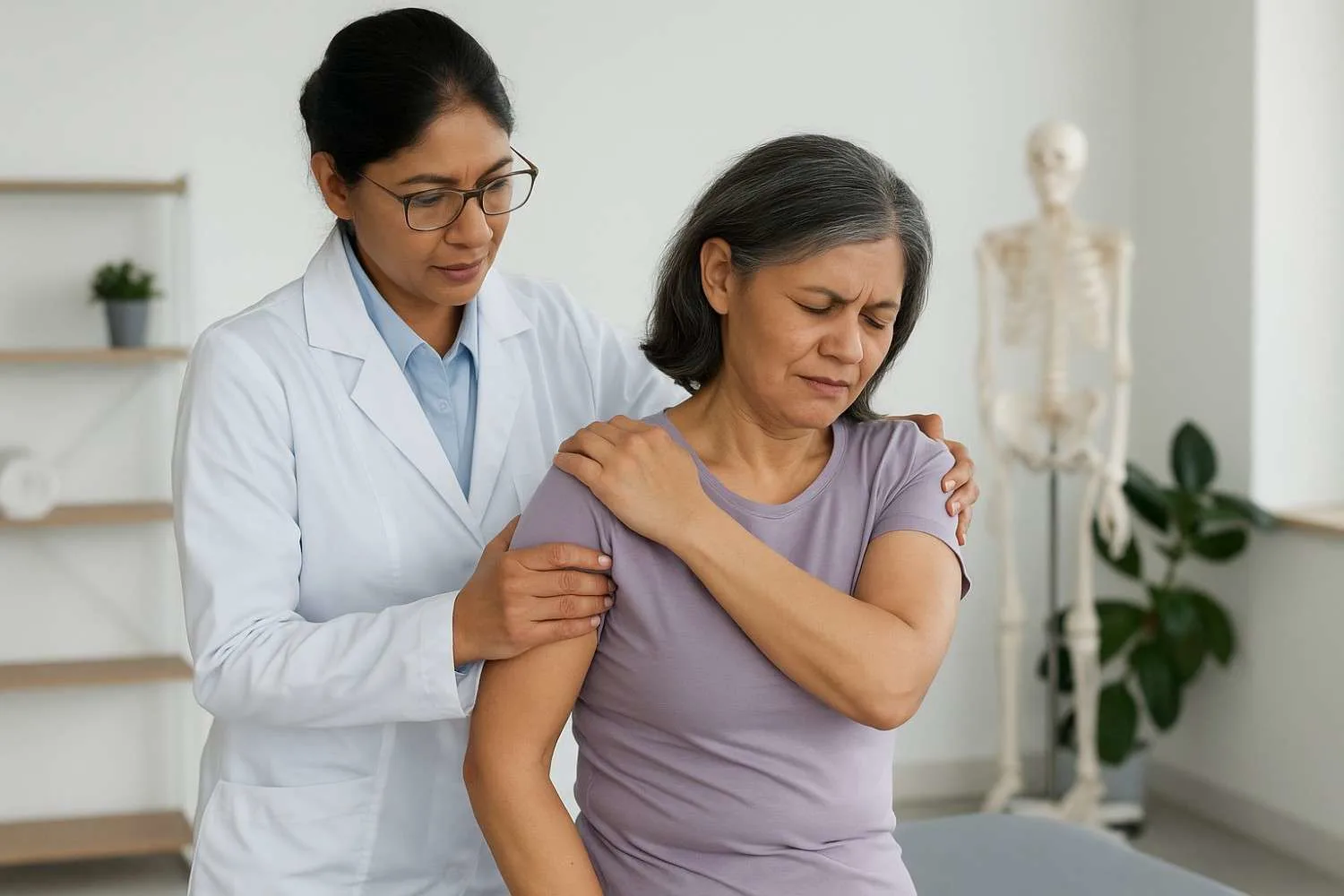
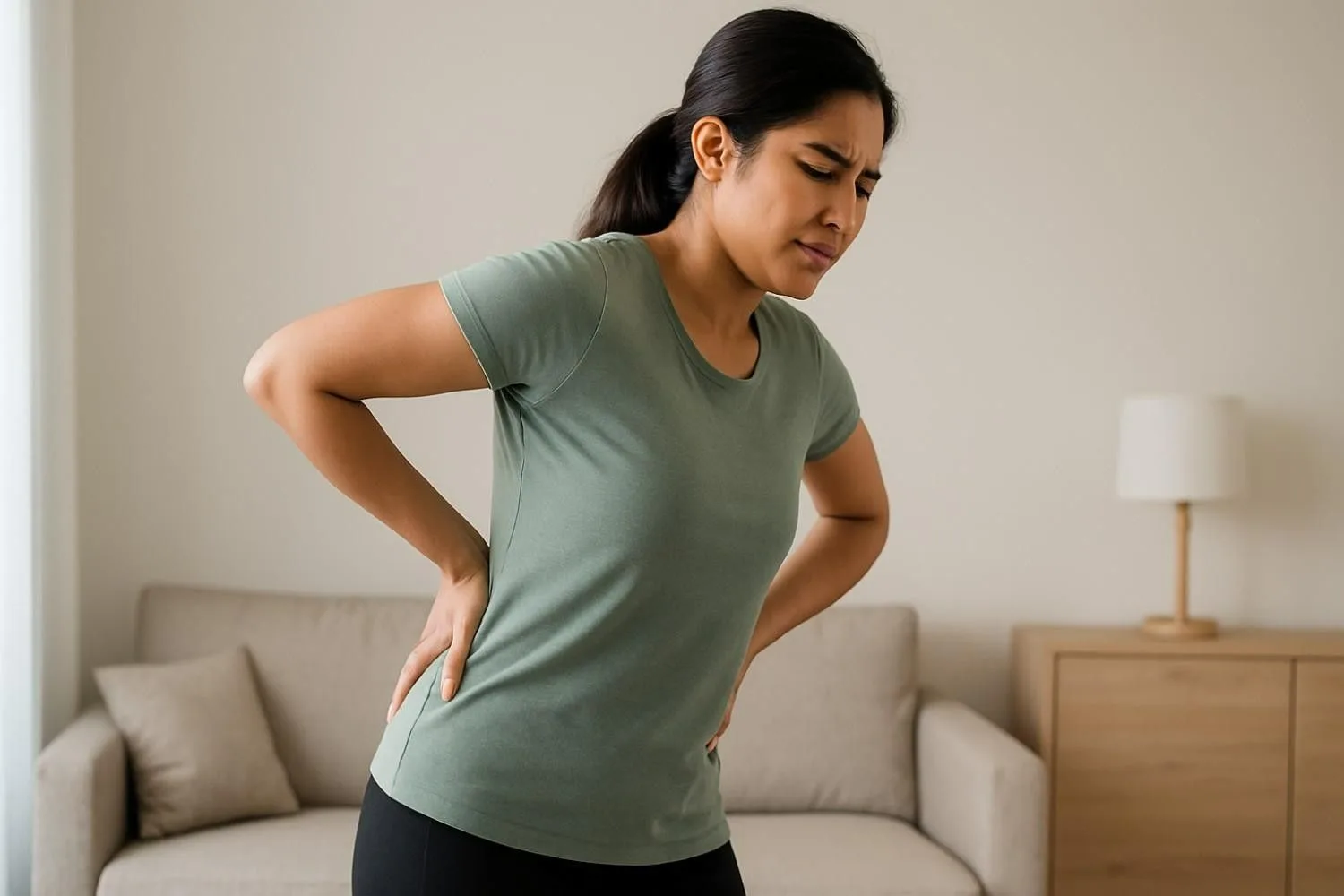
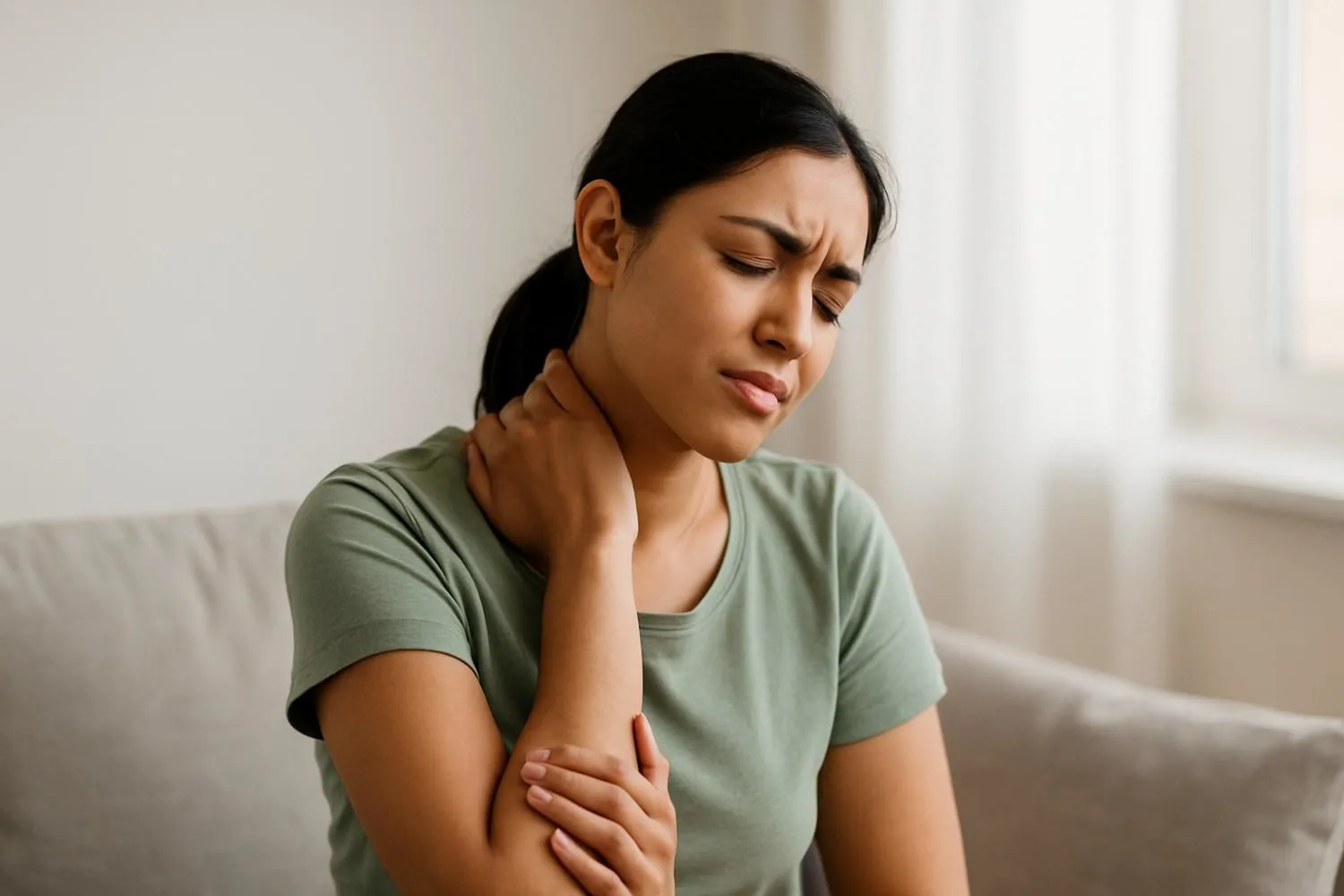
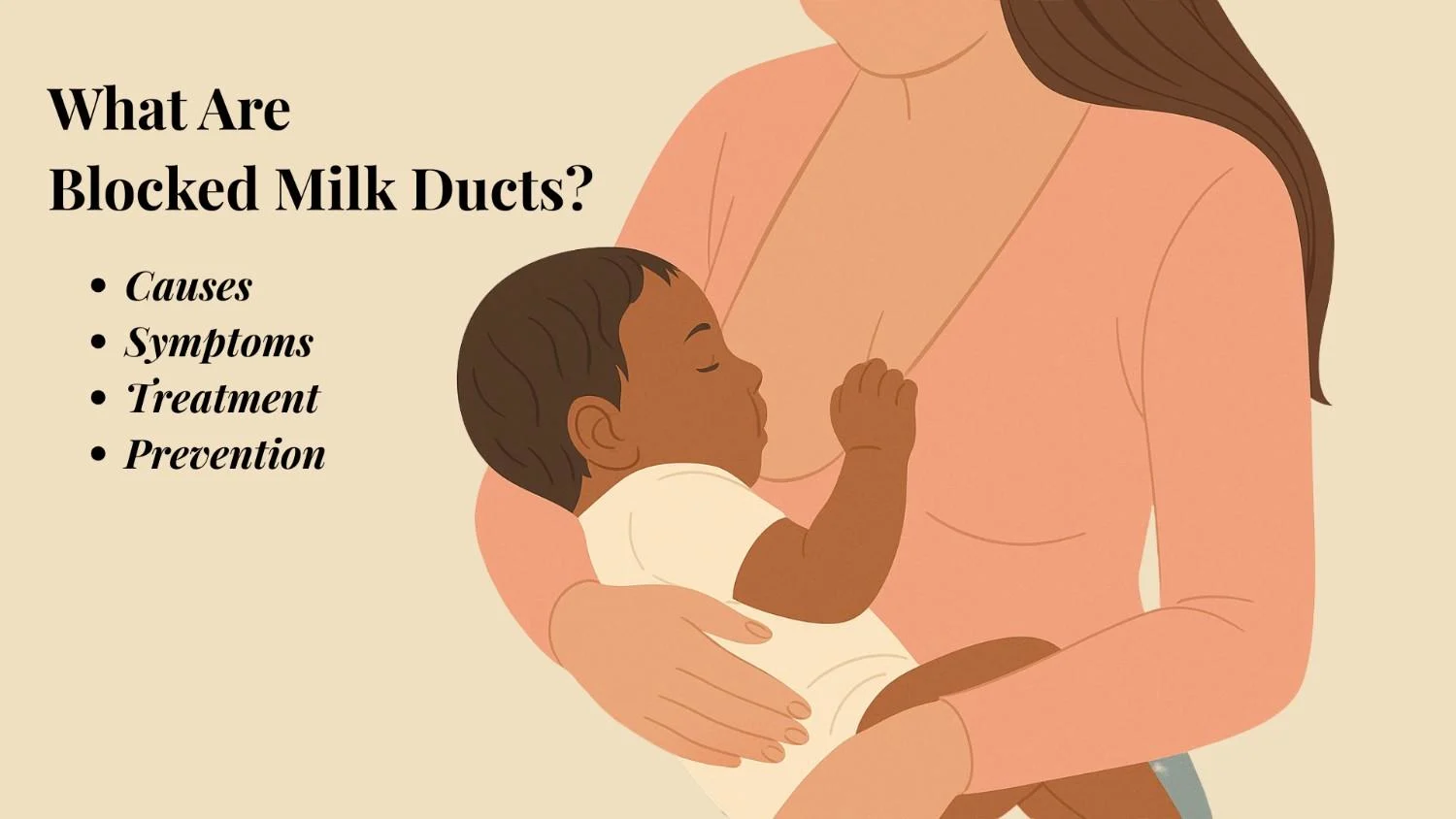
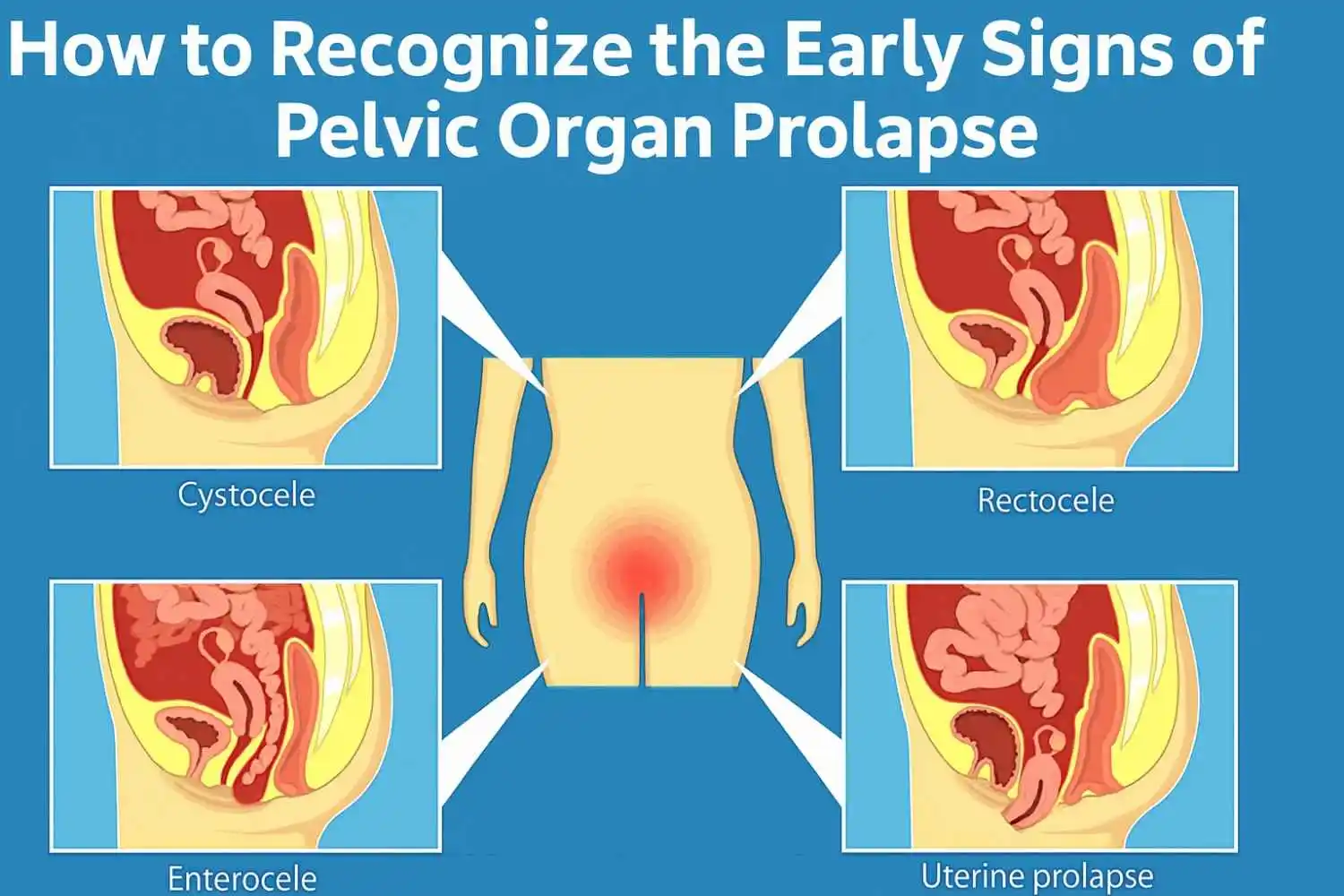
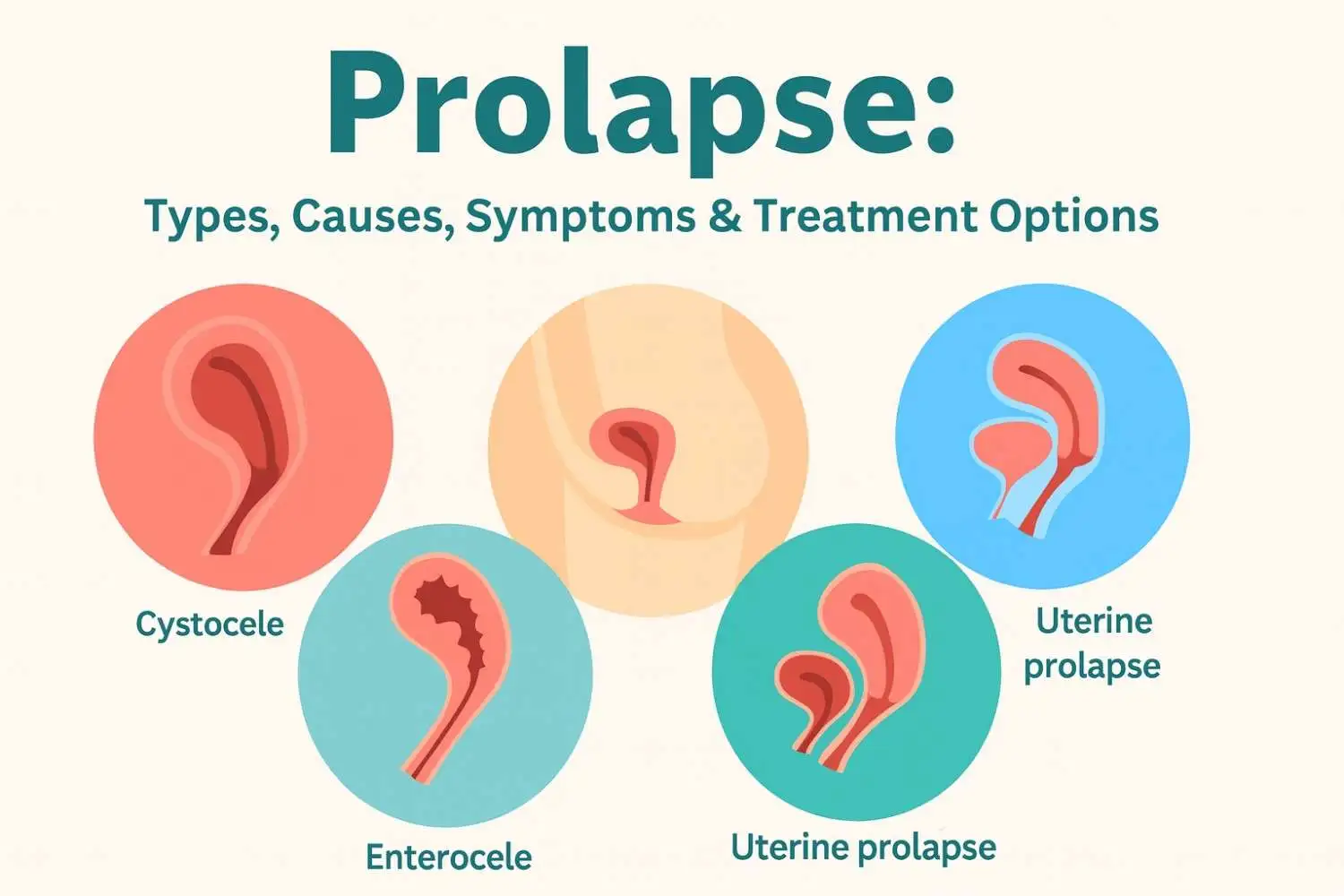









.webp)





.jpg)






































